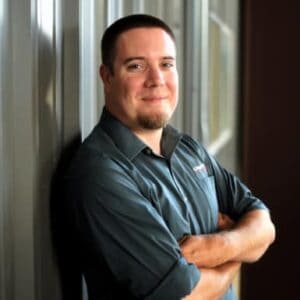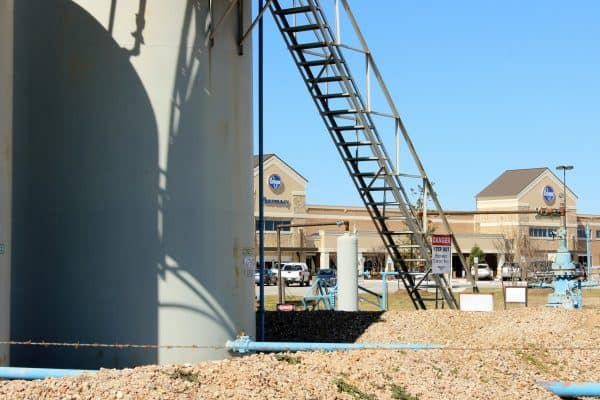While driving into work yesterday I was doing my usual radio channel surfing. I ended up on one of my favorite morning stations, 88.7 Houston Public Media. I stayed on the station because the story that I caught the tail end of mentioned my home town of Katy, TX. More specifically a grocery store I sometimes shop at. Naturally, my interest was peaked. I got into the office, found the story online and listened to it all the way through to get all the information. The cool part, to me at least, is that I recently did a blog that was in line with this same news story.
First off, let me give credit to the reporter who’s story I am mentioning. Dave Fehling is the Energy and Environmental Reporter for Houston Public Media. The story’s title is Once Largely Ignored, Oil and Gas ‘Gathering’ Pipelines Become A Concern In Texas. It was a great story and SUPER pertinent to anyone within 100 miles of the Coast of Texas. Why? Because there are natural gas pipelines everywhere along the coast. And that is what my blog was about, What’s buried Under Your Feet? I own 2 houses that are both within 5 miles of a huge natural gas pipeline hub. A hub that large has lots of pipelines feeding into it.
My blog was written to remind my readers that you will not be able to avoid natural gas pipelines in South/Southeast Texas. Since avoiding them is impossible, education is the best weapon. I made sure to provide links to the Pipeline Safety Tracker that shows all incidents that have occurred with pipeline ruptures or explosions. Also the National Pipeline Mapping System, which is just a mapping site.
Dave Fehling’s story went deeper. He wrote about how once rural pipeline hubs, now are not. He asks the question, are they safe? Where I live is a perfect example. I’ve only lived in Katy for 13 years. In that time, the landscape of the city has completely changed. So I can imagine that 40 years ago, the pipeline that is now on a busy 4 lane road with a median and generic strip centers featuring nail salons & dry cleaners, would have been located in a rural area. The good thing is that with the shale boom, The State of Texas is now making those once unregulated, rural, pipeline gathering stations safe. In my opinion, this is smart. With so many people moving into the best state in the lower 48, an area that was once rural can easily become heavily populated in no time. Again, Katy is a perfect example of how quickly an area can get overpopulated.
If you are interested in reading Dave’s story please follow this link. I think you will like it.












